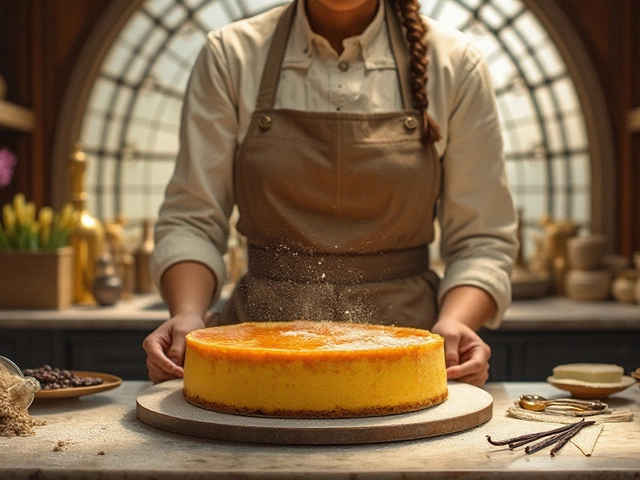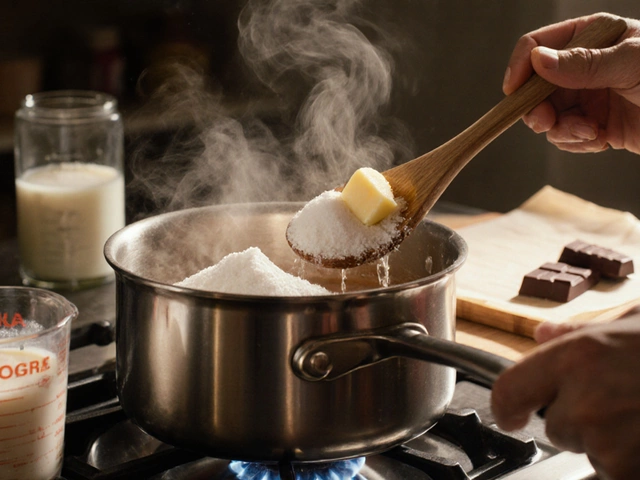Homemade Fudge Tips: Easy Tricks for Smooth, Tasty Fudge
If you’ve ever ended up with grainy or hard fudge, you’re not alone. The good news is that a few simple steps can turn any batch into a silky treat. Below you’ll find the most useful advice, from choosing the right chocolate to rescuing a sticky mistake.
Prevent Common Fudge Problems
First, pick good quality chocolate and cocoa butter. Cheap chocolate often contains fillers that make the fudge gritty. Melt the chocolate slowly over low heat or in short bursts in the microwave. Stir constantly; this keeps the temperature even and stops the sugar from clumping.
Temperature is the king of fudge. Use a candy thermometer and bring the mixture to 234‑240°F (112‑115°C). If you stop too early, the fudge stays soft; go too far, and it hardens. When you hit the right range, let the pot sit off the heat for a minute, then stir briskly until it thickens and loses its shine.
Stirring technique matters. A steady, firm stir creates tiny air pockets that give fudge its smooth mouthfeel. If you stir too gently, the sugar crystals won’t break down, resulting in grainy texture. Use a rubber spatula and move the mixture in a figure‑eight pattern for best results.
If the fudge turns out too soft, don’t panic. Add a spoonful of powdered sugar while it’s still warm and stir until it thickens. This little shortcut rescues the batch without changing the flavor.
Save and Store Your Fudge Right
When the fudge is ready, pour it into a parchment‑lined pan and let it cool at room temperature. Cover it loosely with foil or a clean kitchen towel. The foil protects the surface while still allowing a little air flow, which keeps the top from getting soggy.
For longer storage, wrap each piece tightly in wax paper, then place them in an airtight container. In the fridge, fudge stays fresh for up to two weeks; in the freezer, it can last three months. Just let it sit at room temperature for 15 minutes before serving to bring back its melt‑in‑your‑mouth texture.
Got a batch that went wrong? Grainy fudge can be rescued by blending it in a food processor with a splash of milk or cream, then reheating gently. The extra liquid smooths out the crystals and gives you a fresh, creamy base for a new batch.
Beyond fixing, think about repurposing. Crumbled fudge works great as a topping for ice cream, a swirl in brownies, or a mix‑in for milkshakes. A little creativity keeps the fudge party going even when the first attempt didn’t turn out perfect.
Now you have a handy toolbox of fudge tricks. Choose good chocolate, watch the temperature, stir with purpose, and store smart. Follow these tips and you’ll be serving silky fudge that everyone will love, every time.






